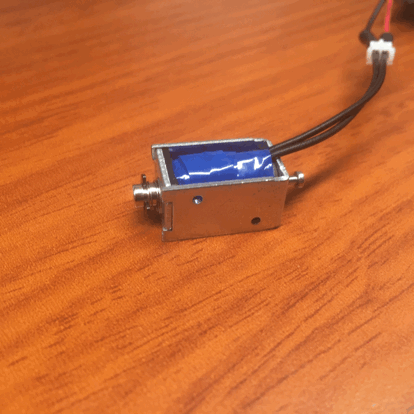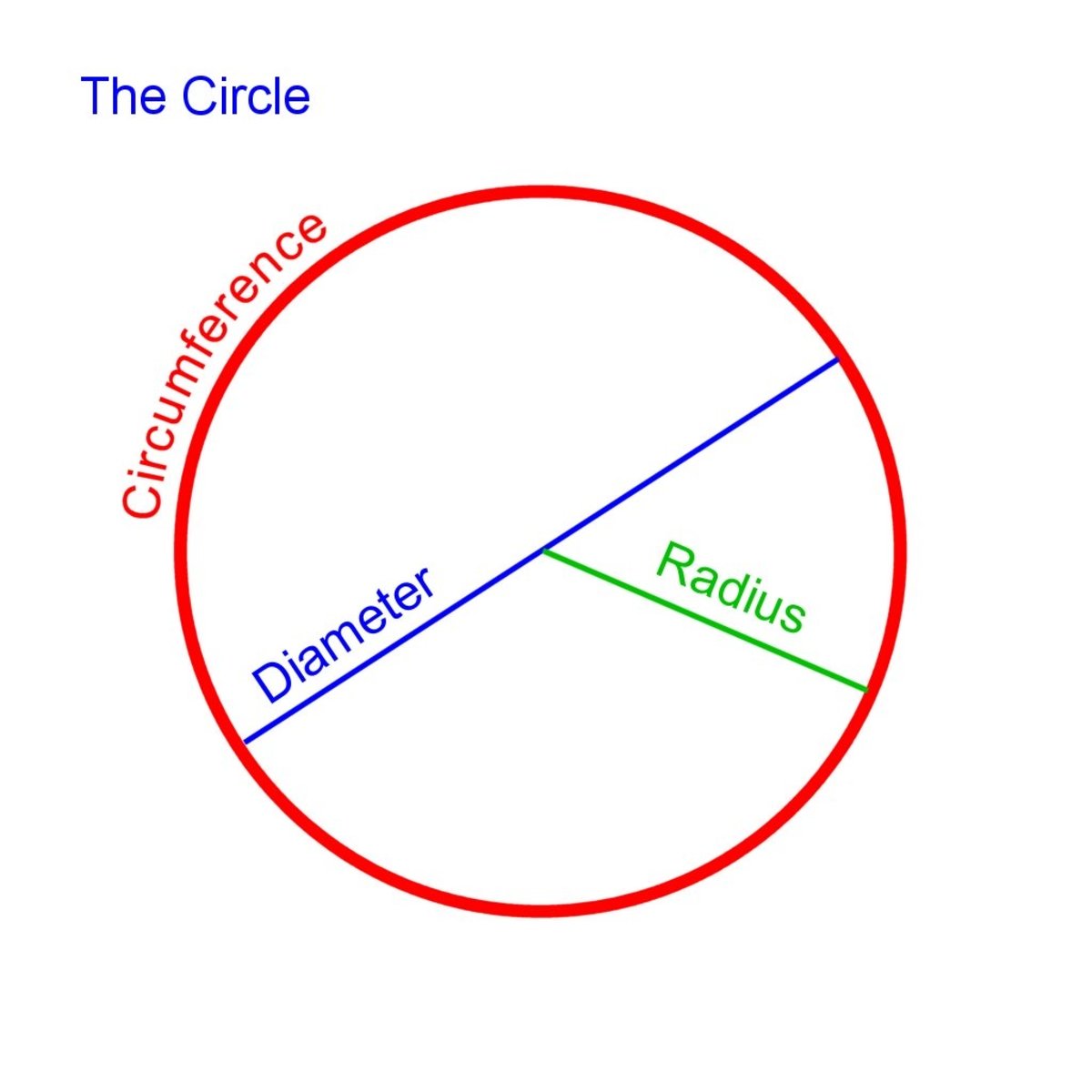11/04/2023, Thuesday, 18:46
Edit²:
I just forgor a little tiny bit nit detail:
Only one leg will be working at each step.
Meaning that I just need half of the wattage power I calculate for each electric motor (and once standing still, or moving both legs at same time in a jump, the torque/weight would be divided for each leg).
Meaning that I don't need 420-500 horsepower, but actually "just" 200.
And in the new calculations I've made here, I would only need half of its power (25, 105 and 40 horsepower).

I'm angy, but also happy, because, although this project was lost, it actually is fine. :)
__________________________________________________________________________
Hello, I guess.
So... I was verifying some stuff about the electric motors and the electromagnets and surprisingly, I think I've made some progress.
Electromagnets:
Some people on quora said that "a holding electromagnet would lose more or less half of its attraction power in a 1mm distance from the electromagnet assuming it is on the presence of air" (air increases the resistance to electromagnetism, somehow...?).
So, instead of the probable 20 horsepower, it would be the hyphotetical 40 horsepower.
Not bad, not great, but better than 400-500 horsepower.
Also, I was wondering if connecting all the electromagnets to the same cable/rope would be of any use.

Like in the sketchy illustration above, where a cable goes in a straight line and then connects to the electromagnets.
But the most probably scenario is that the top and bottom electromagnets would separate due to its limitation (since these can only hold 150kg instead of 600kg) and then the electromagnets would progressively separate once its limiting holding strength is individually surpassed.
Like a cascade event.
But I don't really know if it would be 100% accurate since all of the electromagnets would be holding each other at once.
But I can't even test this crap out at my home because I'm too broke to buy electromagnets (even the cheaper ones) or to buy one of those DC powering stations in order to properly power homemade electromagnets.
These cost around 300-600 reais (60 to 120 dollars).
You may be wondering: "if you're too broke even to buy a small setup, what makes you think you will be able to build an entire mech?".
And the answer is:
I refuse to think about the consequences of my life choices.

In any case, I would suppose that this electromagnet artificial muscle is, unfortunately, a dead end. :/
Edit⁴:
So... I was researching about the reversely actuated elastic elactromagnetic muscle.
Basically, it is the same thing as this artificial muscle, but instead of using pneumatics/hydraulics, it uses electromagnetism.
So, the idea is that the air inflates, and thus, extends the elastic rubber material. Once the air is released, it quickly goes back to its original state.
The idea of an electromagnetic reversely actuated artificial muscle is the same as this one, but using electromagnets.
Basically, I would have sheets of latex covered with electromagnets, while the electromagnets are attracting each other, these would squeeze the material. Using less energy than the pneumatic version (supposedly).
So, I asked around trying to figure out how many latex sheets/bands/tubes I would need in order to lift 1000kg or 20000kg, like in the 1 ton lifting capacity mech.
So, in the original article of said artificial muscle, they used a 32mm long latex tube with 1.6mm of thickness and 12.5mm of inner diameter.
(Actually, the maximum length is 119mm and the diameter is 16mm, I calculated the inner diameter alone)
If one were to convert the circumference of the diameter to width, then this latex sheet would be 3cm long and 4cm wide.
If I tried to simply multiply the values until it reached the sheet dimensions that I mentioned in the question, it would be 10 times longer and 5 times wider.
If I were to directly multiply these two by the 8kg lifting capacity of the latex material, I would achieve a 400kg capacity of each latex sheet. Meaning that I would only need 2.5 sheets (let's round up to 4) of elastic latex with 30cm of length, 20cm of width and 1.6mm of thickness.
If I were to convert the dimensions of the sheet with 30cm of length and 20cm of width, it would have a surface area (of one side) of 600cm².
Since the muscle applies a 58 PSI or 4.07 kg square cm of pressure on the surface of the inner tube, I would assume that in order to squeeze the latex sheet with 1.6mm of thickness using electromagnets, I would need to apply a pressure of 2442 kg on its entire surface in order to make it extend almost 5 times.
But I don't need 150cm.
I just multiplied 4kg force applied per square cm of area (or 4 kgfcm²) and multiplied by 600, I hope it is correct.
A 3000kg holding electromagnet uses 300watts (accordingly to a random ebay page). And since said electromagnet has a diameter of 240mm, it has an area of 452 cubic cm. Which would more or less cover the 600cm almost completly.
Assuming that this electromagnet squeezes the latex sheet well enough, and since I would need 80 of these in order to lift 20 tons, I would need 24kw of power (32hp) to squeeze a single reversely actuated electromagnetic artificial muscle.
Even if I cut the required power in half because I don't need almost 5 times its length, it would still be 16hp, and even if I cut it in half again because of the thickness of other factors, I would still need 8 horsepower per muscle.
Not much different from the other electric motor alternatives.
All of this in rough estimates, of course.
I would guess that electromagnetic artificial muscles is super dead to this project (if I'm correct).
Of course, I can be really wrong, or really right, even if this version is simpler to build, it is not a trustworthy option/not a proven design, unlike electric motors.
_________________________________________________________________________
Solenoid Actuators:
Sooooo... I gave it a try and I tested linear and solenoid electromagnetic actuators. But unfortunately, these would consume the same amount of power as an electric motor.
The idea was to move the solenoid coil itself through a soft steel core rod instead of the rod.
My thought proccess is that the soft steel rod would be heavier than the coil itself, so less mass to move.
And on top of that, normally the shafts tend to move to the center of the solenoid coil. So I thought that it would be simpler to actuate/program a solenoid coil since its position would always be the center of the shaft.
But I don't know much about the subject to afirm such thing with propriety.

Solenoids need springs in order to return the actuator to its original position, in this case, off-center.
Well... In case I actually build a 500 horsepower turbine engine, I suppose this would be the easiest approach for me.
Since I have no fricking idea how to make a 48hp electric motor that has 180rpm and 18000kgfcm of torque.
RPM x Actual Speed:
So, something that actually kinda gave me hope for the solenoid and the electric motor was the actual speed of the object.
You see, RPM is the amount of rotations that a given center of a shaft rotates per minute.
However...
If you stop to think about it, the rotation of the center of the shaft is not the speed of rotation of the border of the disk.
If you were to rotate a 20 kilometer diameter wide disk at mere 1 rpm, its tip would be breaking the speed of sound.

The circunference of a 20cm diameter wide circle is around 62cm long, and if you remember what I said in previous Project Logs, if you take the radius of a big wheel and a smaller wheel, it would be like building a mechanical lever.
Summarizing: a gear/wheel is just a rotating lever.
This means that I don't need 180 rpm to achieve full actuation of arms and lengs.
For example, if I just change the angle of the limbs "wheel" from 180º degree angle (in neutral position) to 45º degree angle (completely actuated) I wouldn't need to fully rotate 62 cm, but around 1/4 to 1/6 of that.
I feel like I'm being unclear here, but let me try to explain:
See this rotary gear to linear gear.
If one would take a gear with 10cm of radius, and thus, 20cm of diameter and rotated a 1:1 ratio linear gear, it would travel 62cm distance per rotation.
And since it rotates 3 times per second (and thus, 1/3 of a second), it would travel in a straight line around 180cm.
... But I don't need 180cm of linear distance per second, I need to travel from 6cm-10cm to 30cm per second.
... And since I "just" need to change the rotary action to linear action (or the reverse), I don't actually need 180 rpm, I just need 18 to 6 RPM.
... Meaning that in order to achieve 18 tons to 20 tons of force I don't need 180 rpm, but 10 times less rpm than that.
... Meaning that I don't actually need 48 horsepower per limb, but only 5 horsepower or 3.6 kilowatts of power per limb.
Which would be 50 horsepower in total, or 36 thousand watts in total for the lower body. Aka, leggs.
And I think the logic is also valid for the human muscles, if you really contract your biceps and measure more or less the distance it takes from 180 degrees to touching your shoulders, the muscle itself just travels around 5cm (in rough estimates).
Other kind of rotational speed unit of measurement is radians per second.
If you change your limb position from 180º angle to 45º angle, you would be traveling 155 degrees.
1 RPM = 57.29 radians per second.
Since I'm traveling 155 degress in a third of a second, then I would be travelling 8.11577811986 radians per second.
Which would give 77.4 RPM.
Which if you put in a RPM Torque to horsepower calculator, then it would be 15 kilowatts of power, or 21 horsepower per limb.
Giving 210 horsepower in total for the legs.
Which is half of what I calculated in previous Project Logs, but I don't know which one is the right answer.
Edit¹:
I know this isn't a very super accurate measurement, but I tried to rotate my entire leg from 180º (standing) to 90º angle (on the horizontal) and back to standing as fast as I possibly could, to the point it kinda hurt, lol.
And basically, I was able to to do this in a more or less a second, which would be 180º angle of travel in total, which would be 3.14159153027 radians per second, or 0.5 Rotations per second, or 30 Rotations per Minute.
Not 180 rpm.
Which would be 6.1 kilowatts of power, 8 horsepower per limb.
Or 80 horsepower in total.
Not the greatest result, but even in full power, it is still better than 400 horsepower.
I still don't know which result is the best/correct, but I'm sure more optimistic about this project than before.
__________________________________________________________________________
Well...
I hope what I just said is correct and not just bullcrap that I'm trying to convince myself that the Mech is viable.
I hope y'all can help me find it out.
Discussions
Become a Hackaday.io Member
Create an account to leave a comment. Already have an account? Log In.